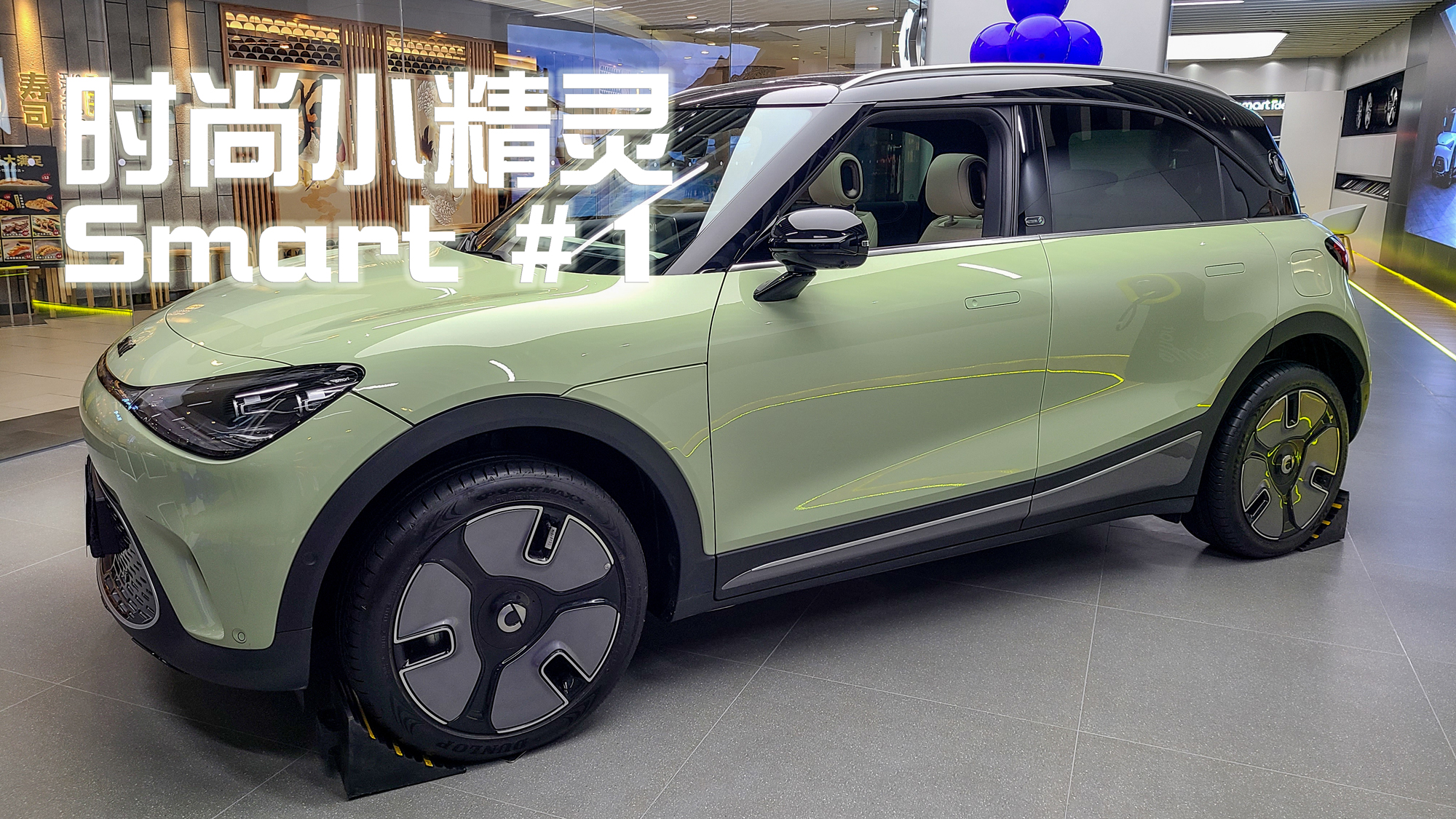Not too many young people may remember Smart, but back in the day, Smart was considered a trendsetter in the auto industry. This car brand, a collaboration between Mercedes-Benz and Swatch, was meant to bring Mercedes-Benz’s brand to more young and trendy consumers in Europe.
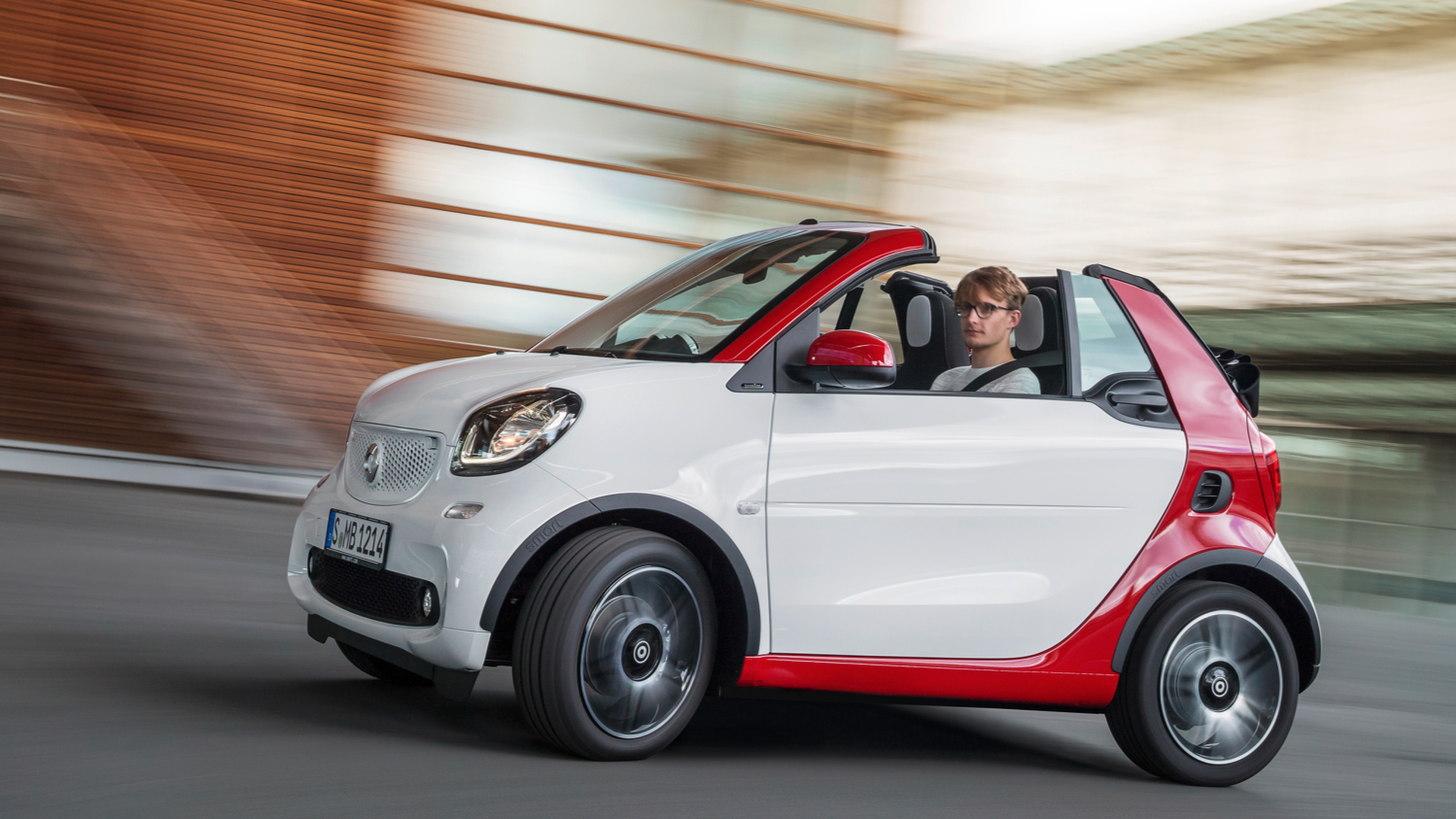
Before electric cars appeared, driving a Smart around the streets in China was considered quite bourgeois, similar to driving a Wuling Hongguang Mini EV convertible now. After all, not many families would have the urge to spend ten to twenty thousand RMB to buy a small car with only two seats, a displacement of just over one liter, and an engine located beneath their butt. I once drove a Smart Fortwo equipped with AMT gearbox, and I would describe the feeling as… like driving a bus.
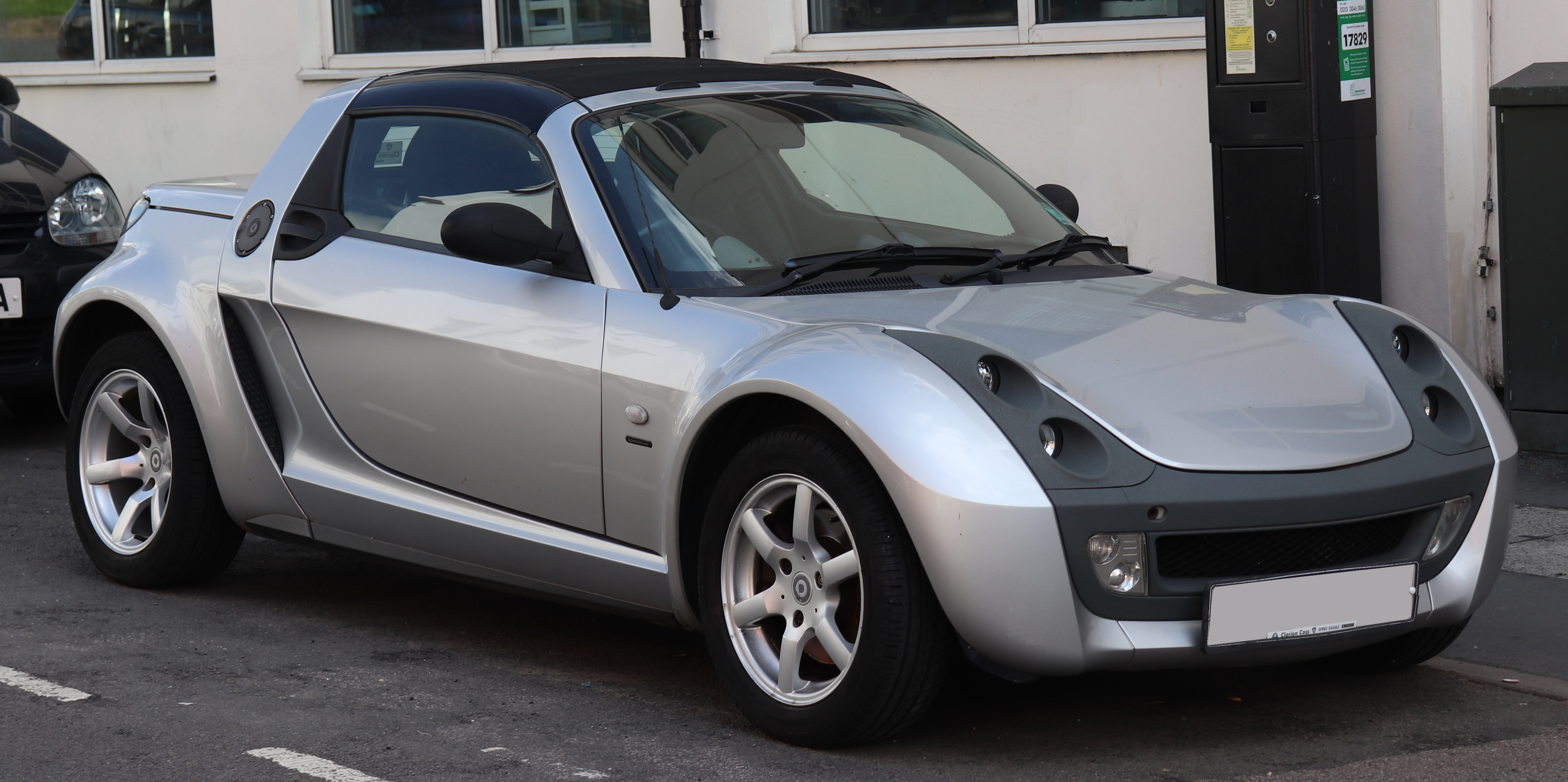
However, when Geely reintroduced the Smart brand to the market during the era of electric cars, I felt it was something worth saluting. After all, both Geely and Smart have decent design and product research and development capabilities, which would probably bring a breath of fresh air to the electric car market.
And that did happen.
Even if we don’t compare it with the standards of the past Fortwo, Smart #1 appears to be a pretty big car. But don’t be fooled, the length of the Smart #1 is only 4270mm, which is 10mm shorter than the miscellaneous car Subaru BRZ.

In the era of electric cars, there are more and more ways for car design to make small cars look bigger. The Smart #1 achieves a wheelbase stretching up to 2750mm through the layout of four-wheel corners, which is 125mm longer than the Urumqi-based XPeng G3i on the Changan CX70T platform. Moreover, the top-of-the-line model of the Smart #1 is fitted with four 19-inch wheels, making the entire undercarriage look exceptionally robust and substantial.
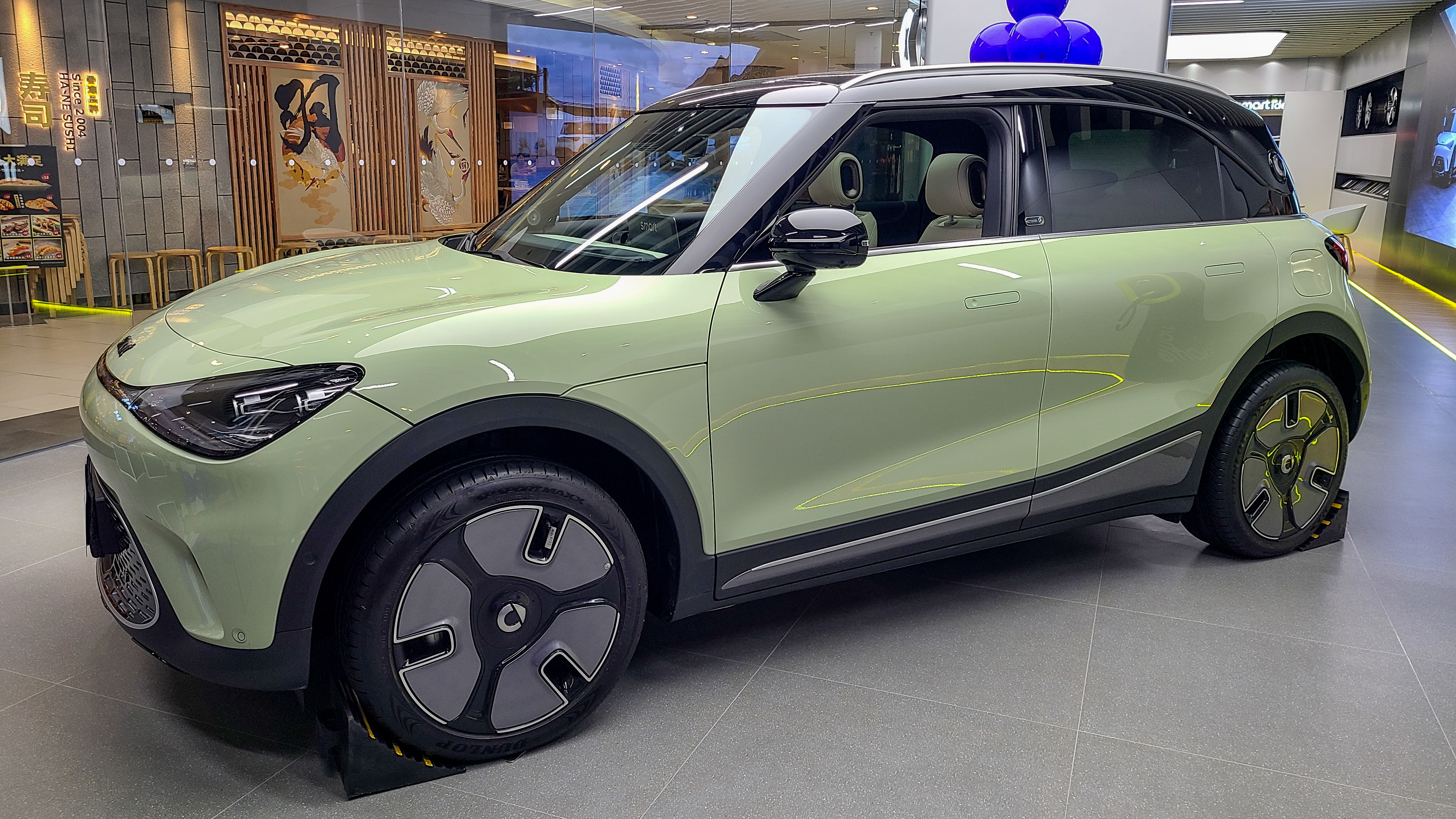
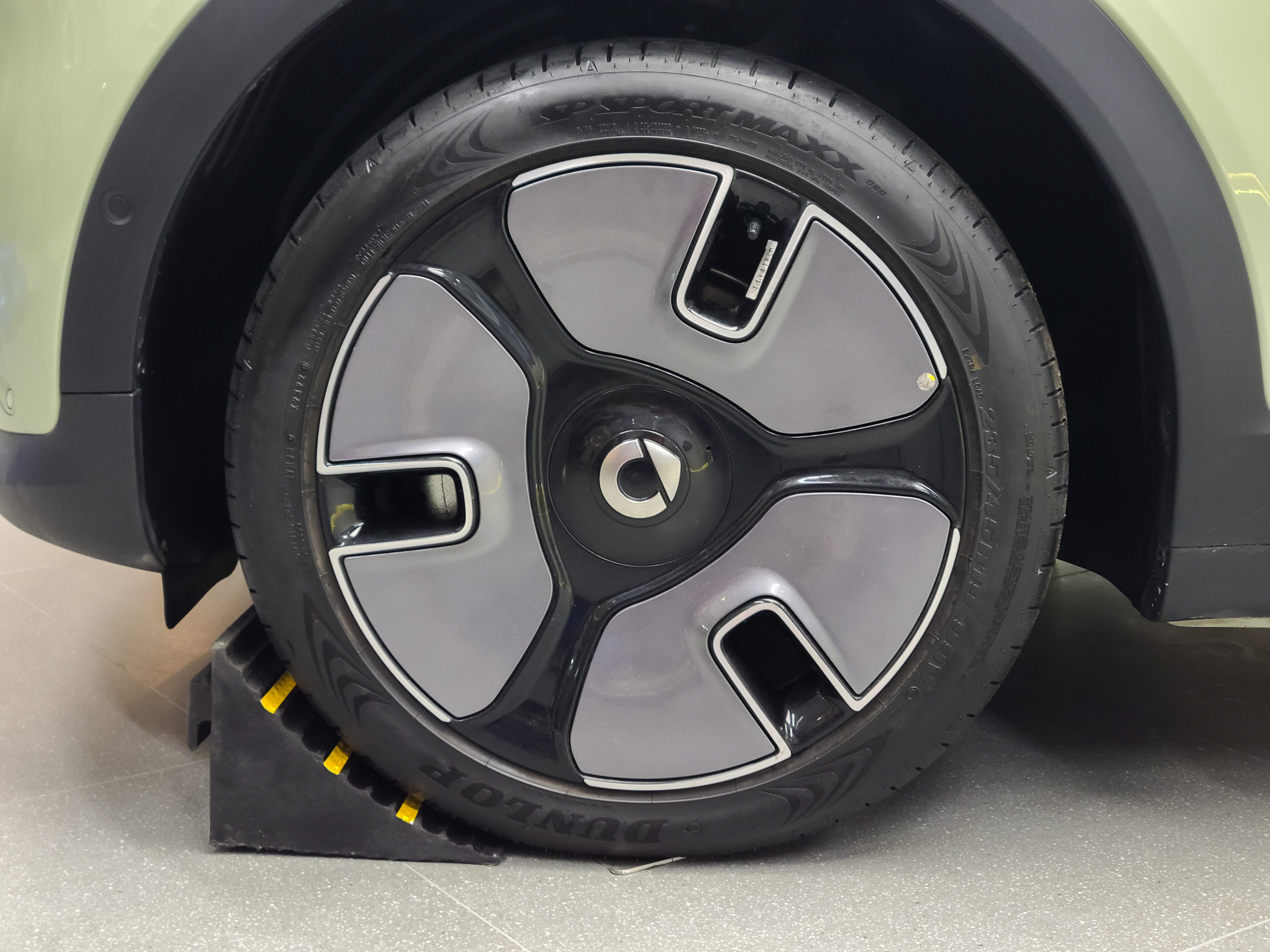 Although the appearance of a car can be designed to look larger, the interior space is ultimately limited by the laws of physics. As someone who is 186cm tall, I can only say that the interior space is just adequate, and the space in the front and rear rows is not much stronger than my own Focus. But fortunately, Smart #1 did not use the evil Coupe styling, so the headroom for rear passengers is very spacious.
Although the appearance of a car can be designed to look larger, the interior space is ultimately limited by the laws of physics. As someone who is 186cm tall, I can only say that the interior space is just adequate, and the space in the front and rear rows is not much stronger than my own Focus. But fortunately, Smart #1 did not use the evil Coupe styling, so the headroom for rear passengers is very spacious.
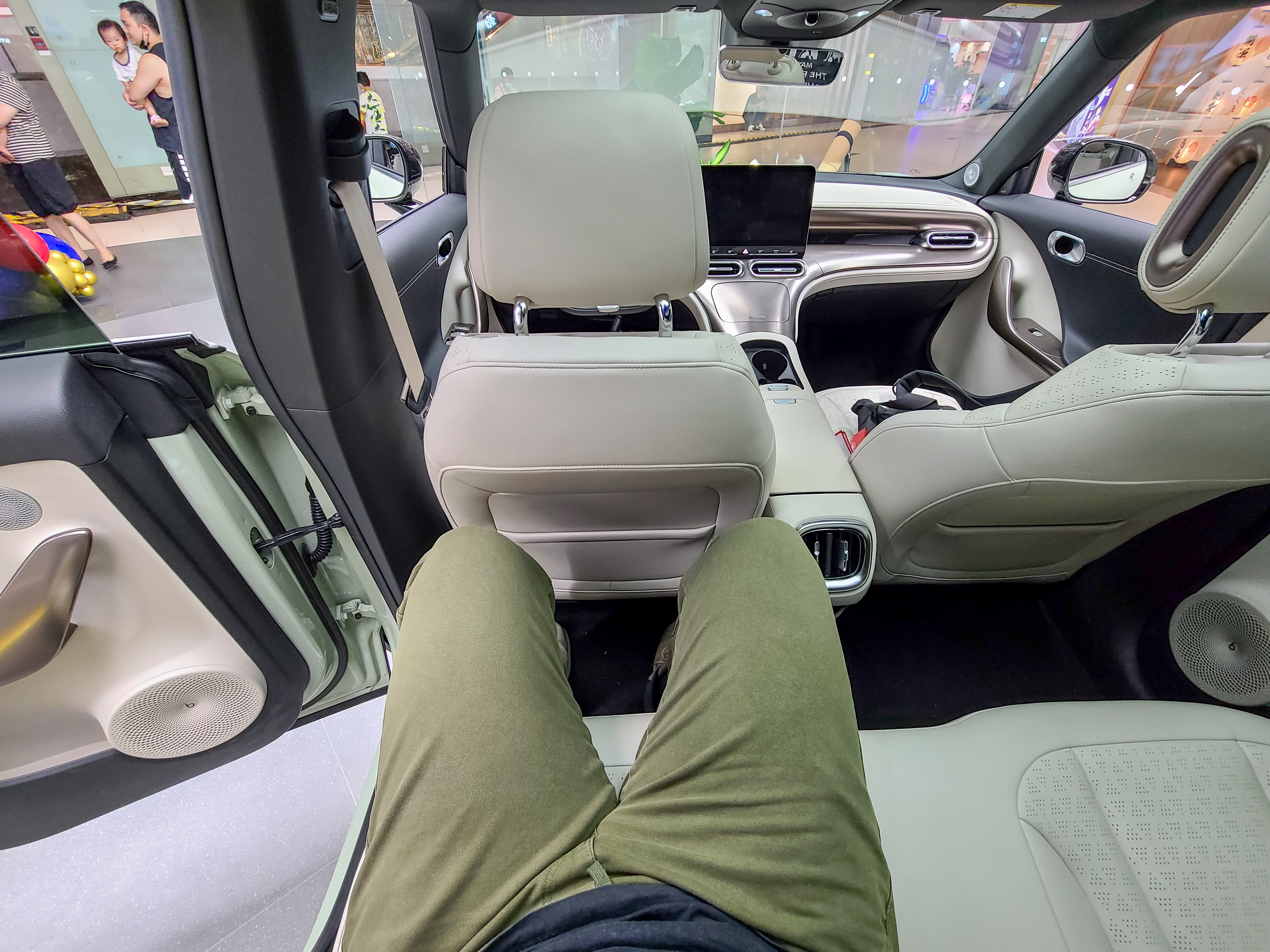
The trunk space is also just adequate. If you put some odds and ends in the storage box in the trunk after picking up the car, there may not be much space left for large luggage. The car is more user-friendly with the function of moving the rear seats back and forth. When the rear seats are not fully loaded, it can appropriately expand the trunk space.
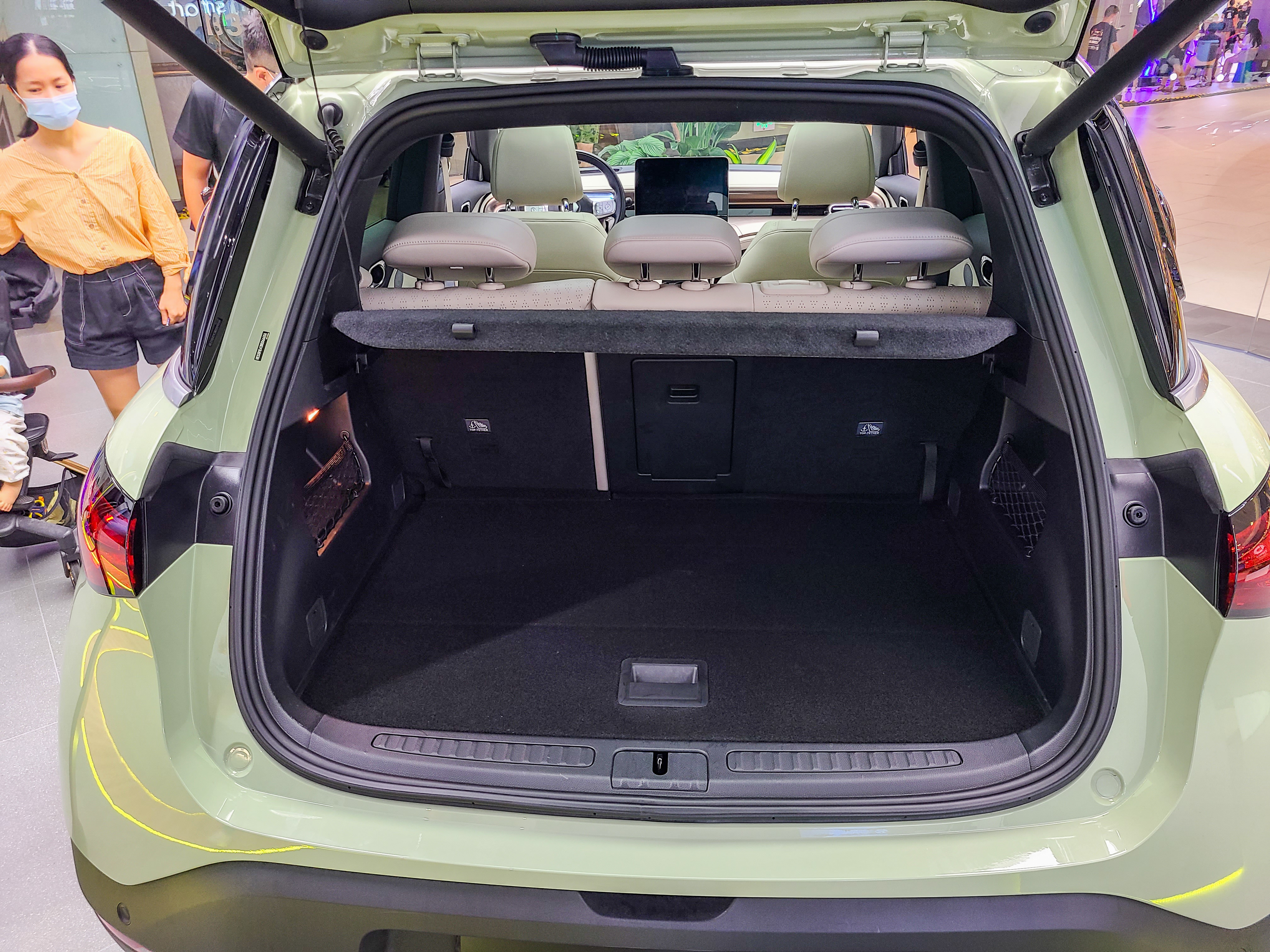
So, Smart has changed from a three-door city car to an SUV without changing its main genes of satisfying individuals or at most, traveling in two-person world. If you really need a “family car”, Smart #1 is likely to lose to the same-priced GAC AION V or BYD.
Since that’s the case, let’s not discuss practicality. Smart #1 is amazing.
In this era when every car pursues big mouths, sports, and sharp lines, having a car model that stands out with roundness like Smart is rare (let’s not discuss Euler’s stupid stuff here). The rearview mirrors are round, the headlights are rounded triangles, the air conditioning vents are round…except for the four corners of the central control screen, almost any part you can see on this car is round. Come on, Great Wall, learn from Smart; this is what it means to really understand female consumers, and even men will like it.
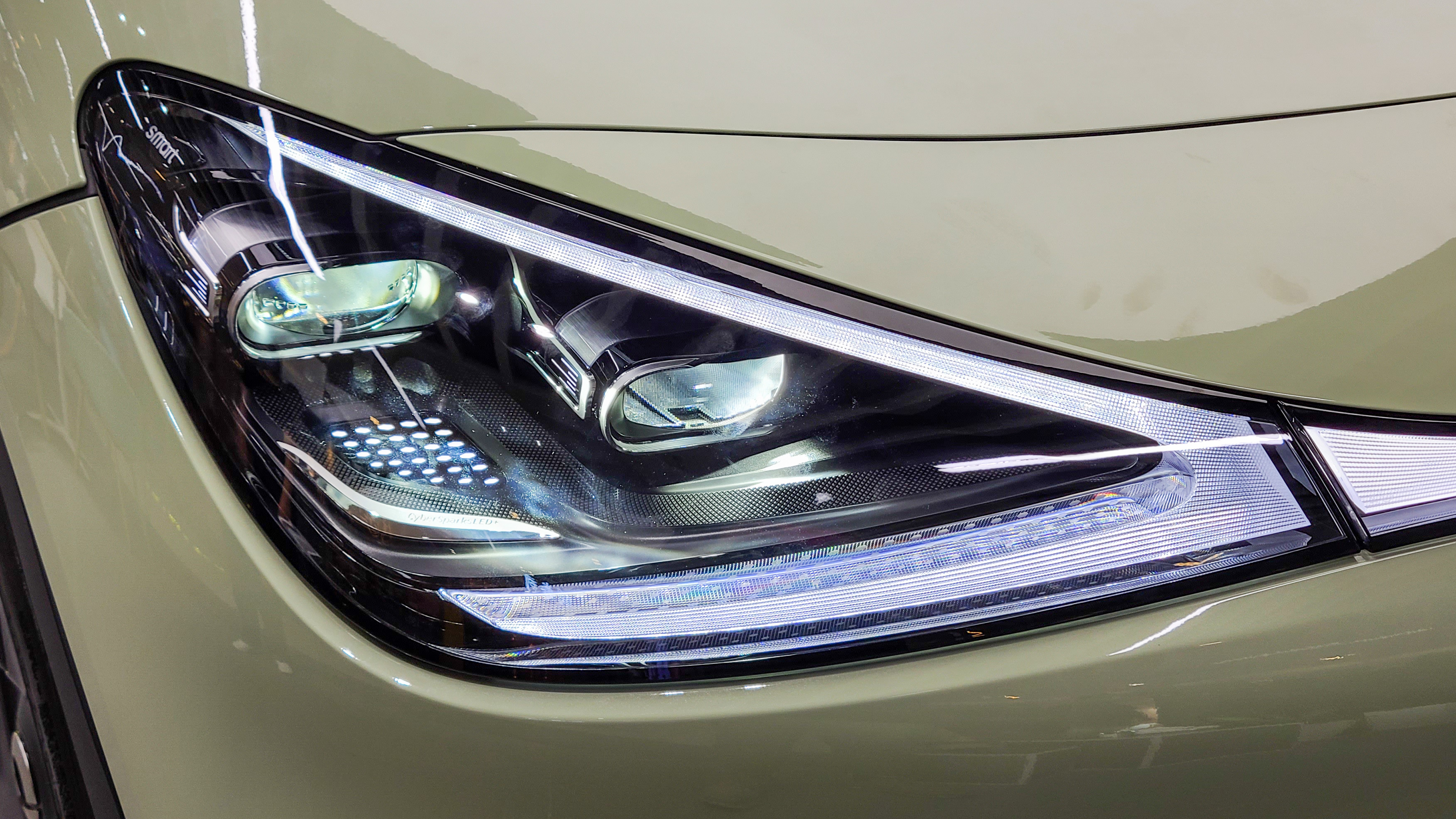
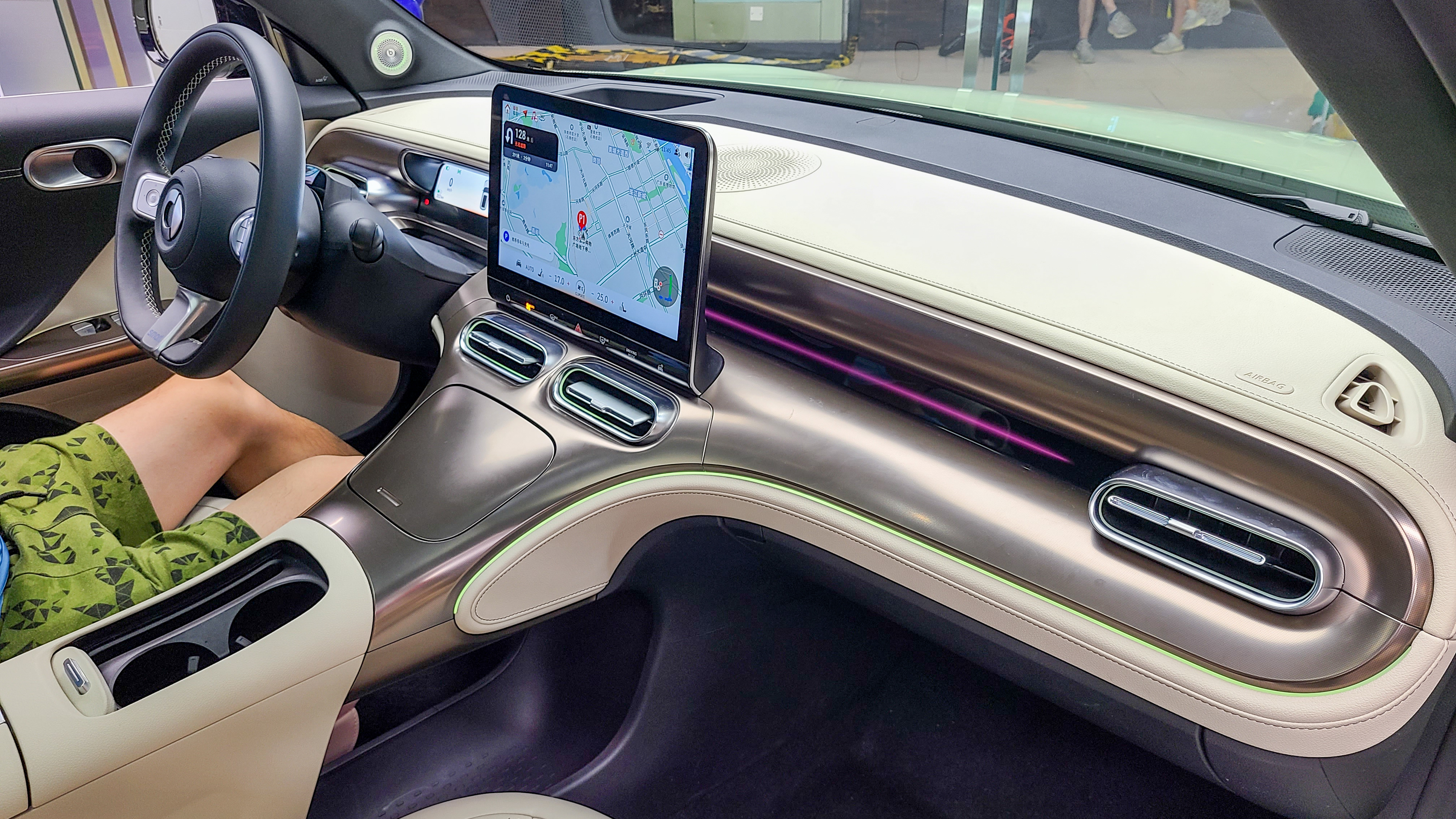
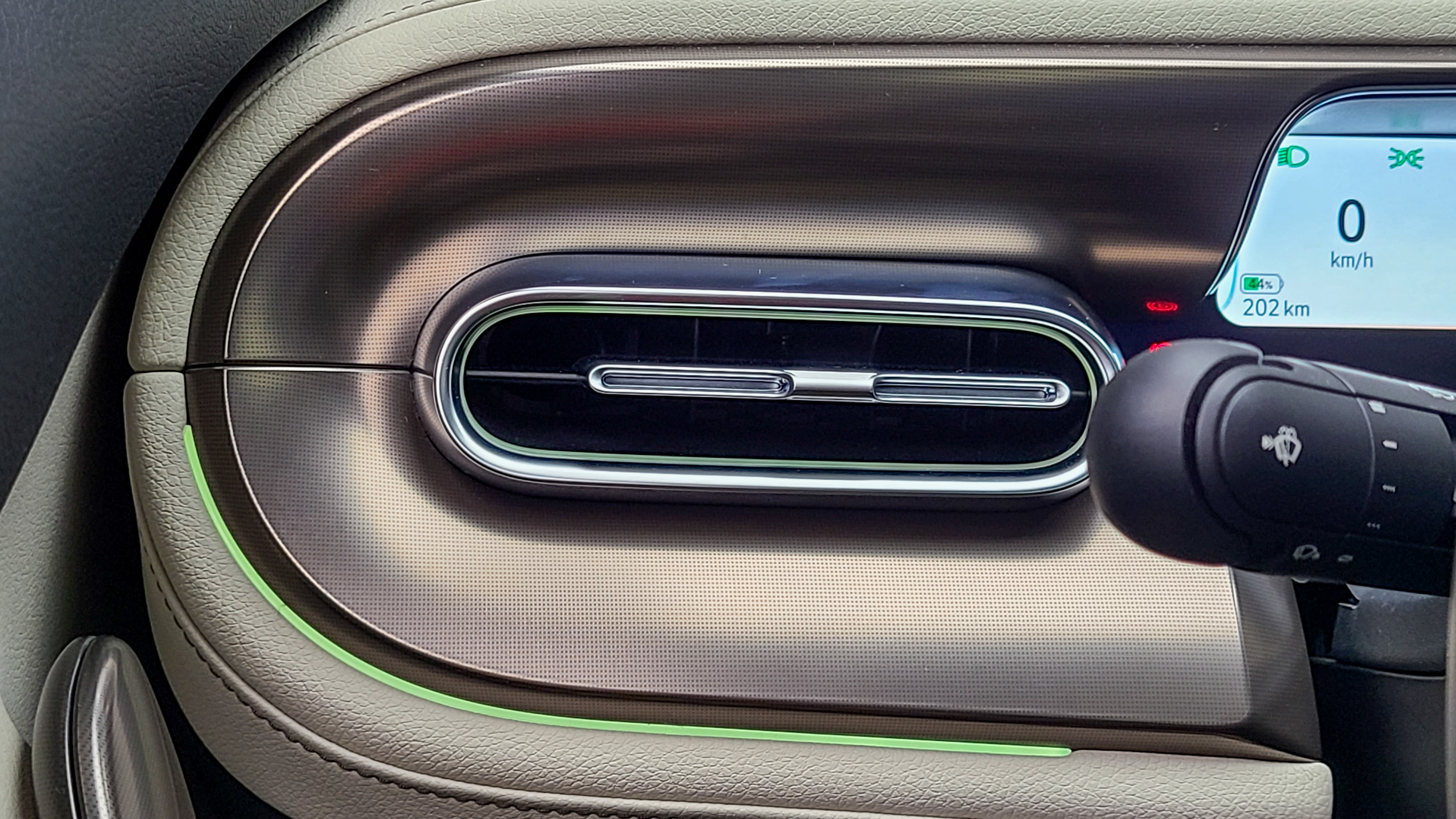
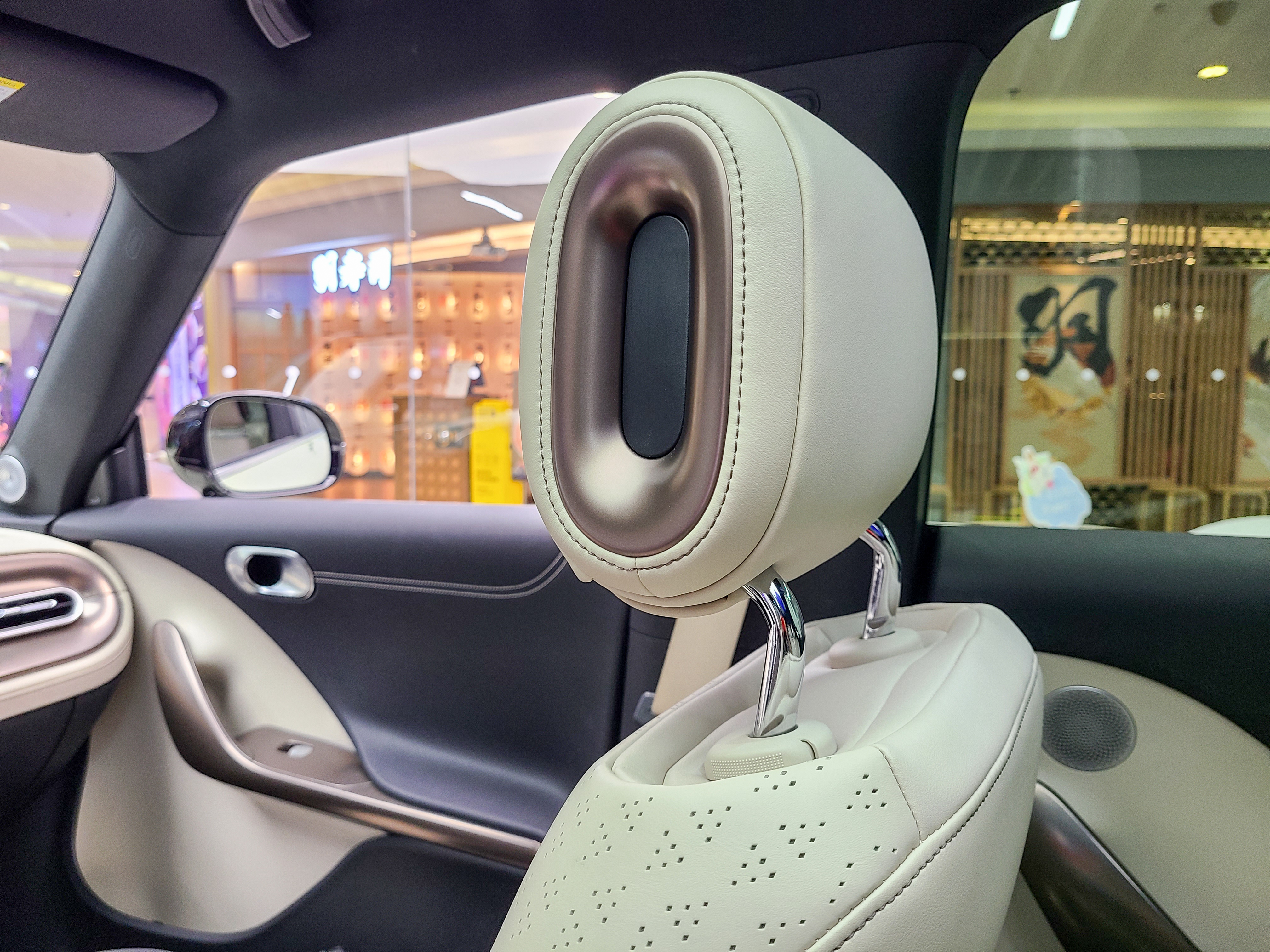
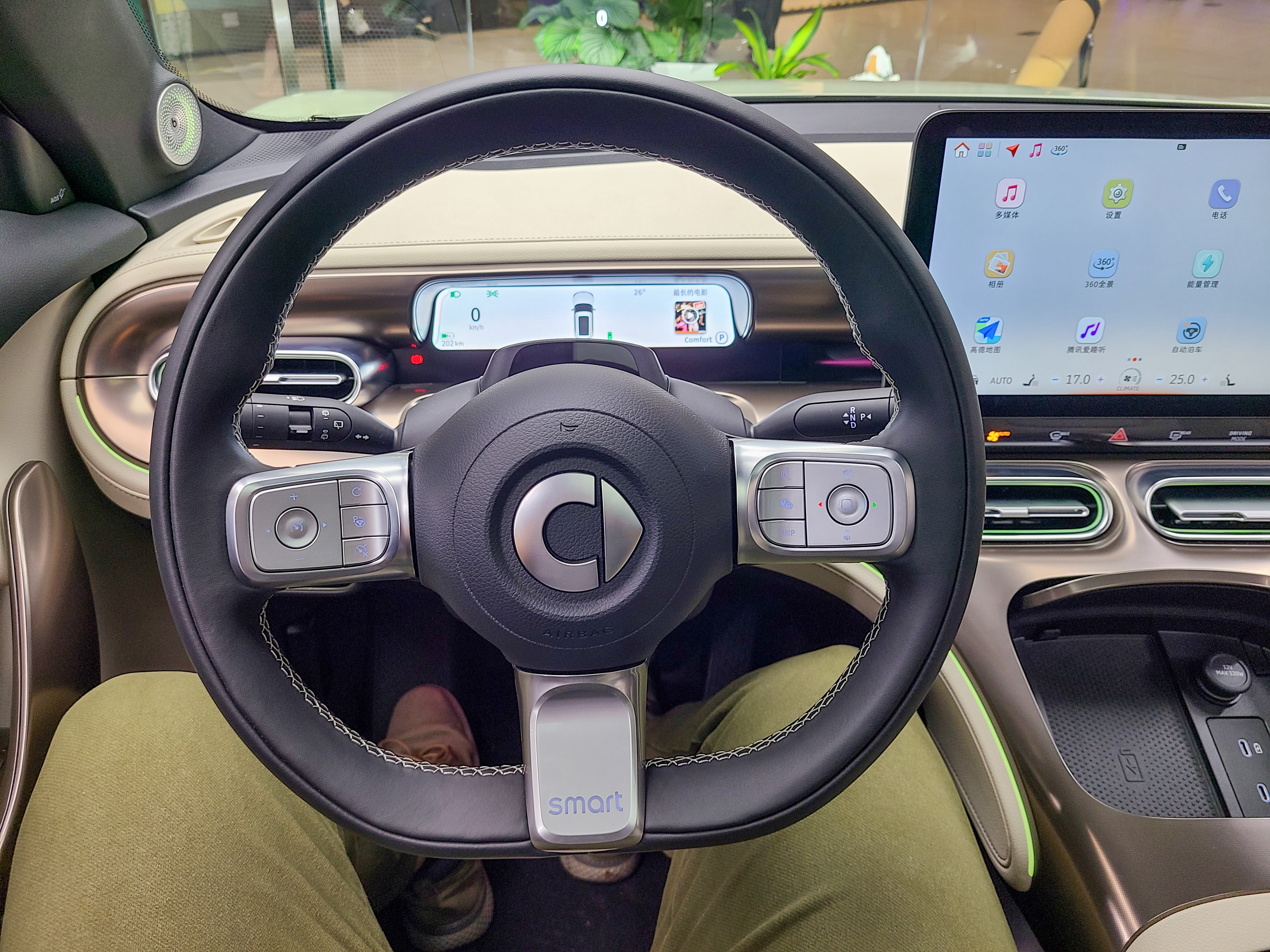
Good design is definitely worth customers spending extra money on. Many design details inside and outside the Smart #1 vehicle make it look well worth the price. For example, the LCD dashboard tucked under the front IP panel. Compared to many other brands with silly LED screens standing there, Smart #1’s design sense is much stronger.
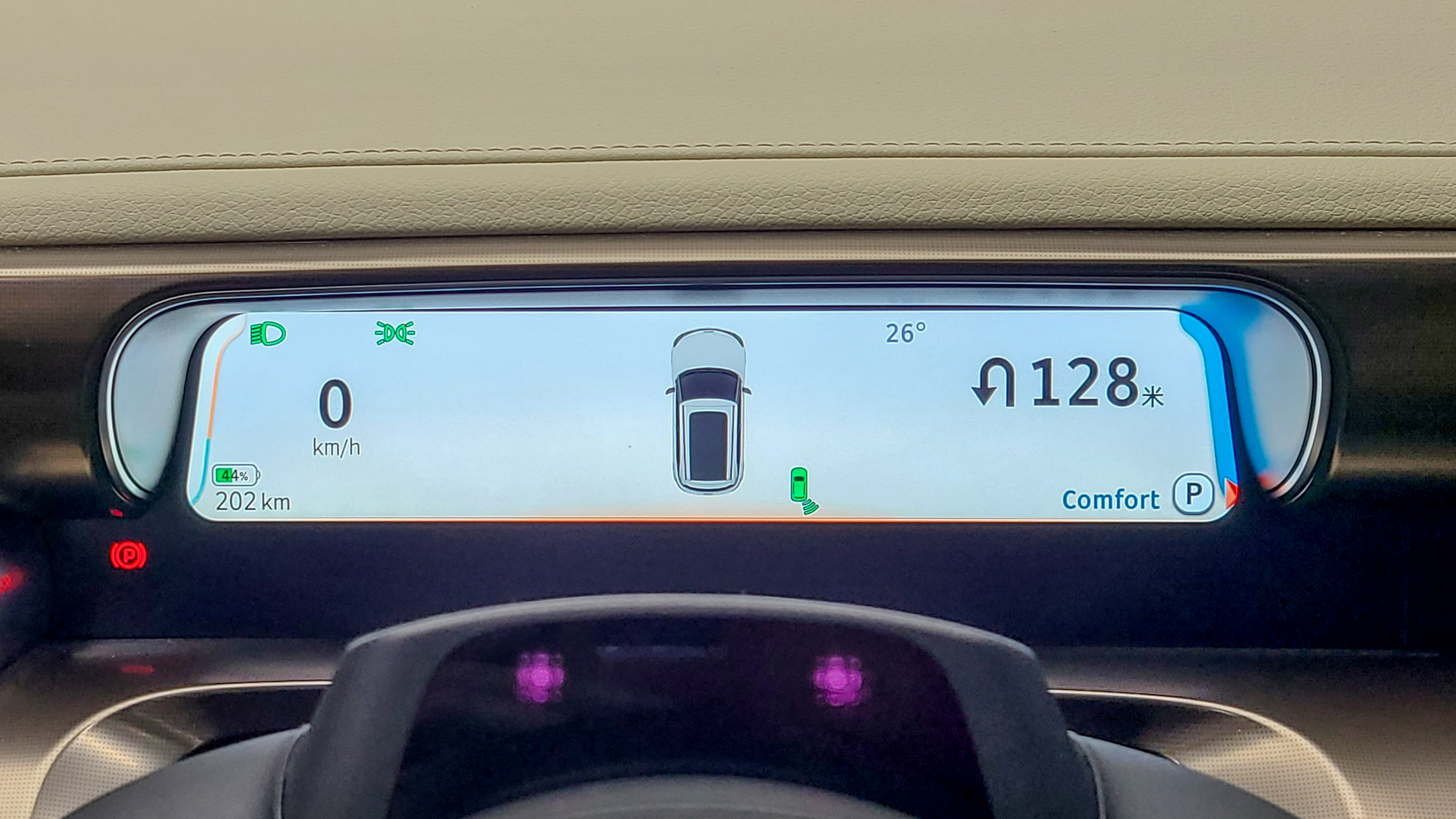
The design of the panels made up of various materials on the doors, front IP, and other parts is also pleasing to the eye, with a sense of hierarchy, and it doesn’t seem out of place for metal/plastic parts surrounded by leather-wrapped parts in some locations. It feels soft and tough at the same time.
Unfortunately, the materials used on the exhibition car don’t quite match such good design.
Although the places on the front IP and door panels that can be touched are wrapped in leather, they feel as hard as touching hard plastic, very cold, and the leather material used on the light-colored parts is also a rather common orange peel texture, not very fashionable. In this respect, the Euler Ballet Cat is much stronger than the Smart #1.
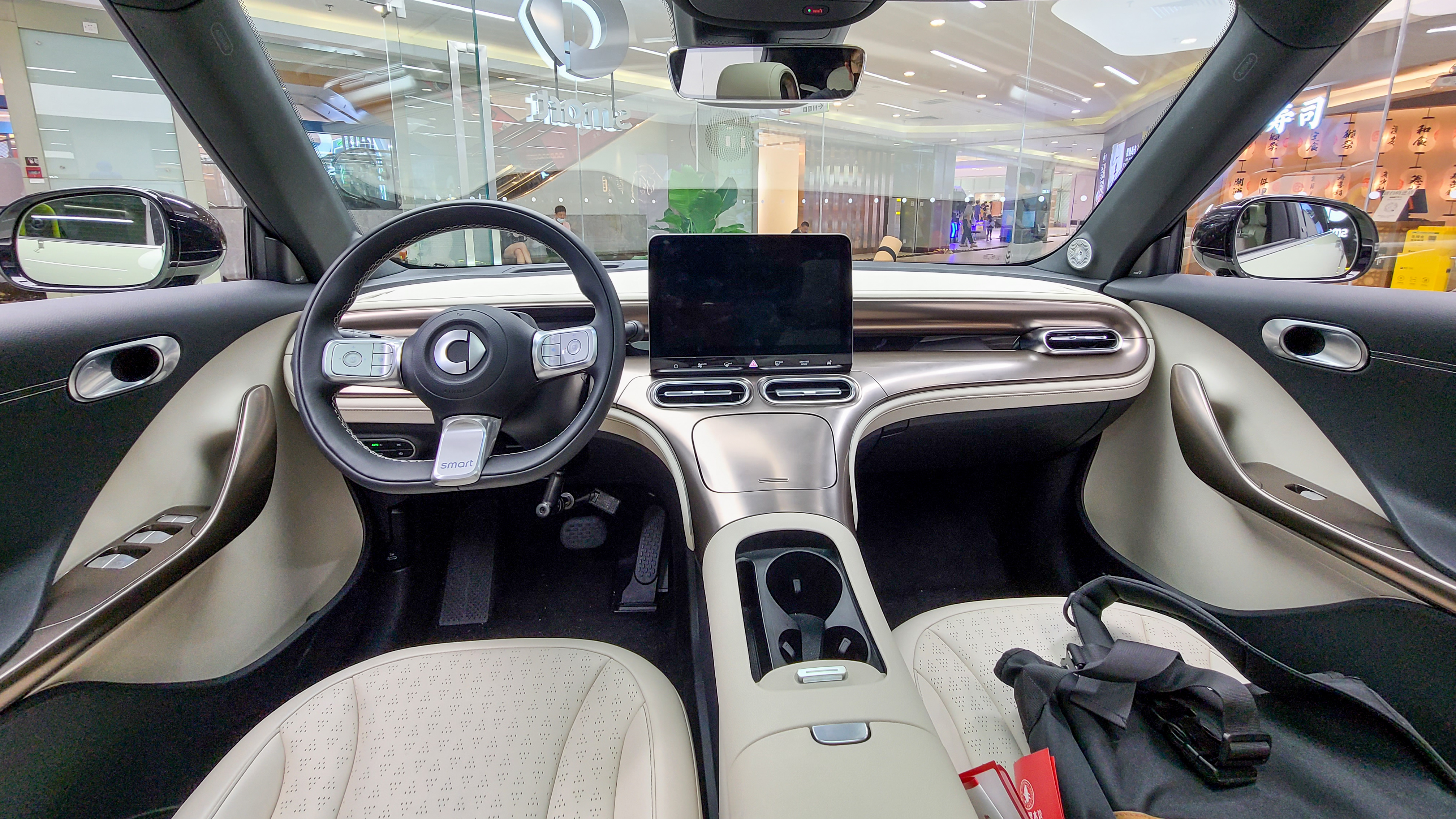
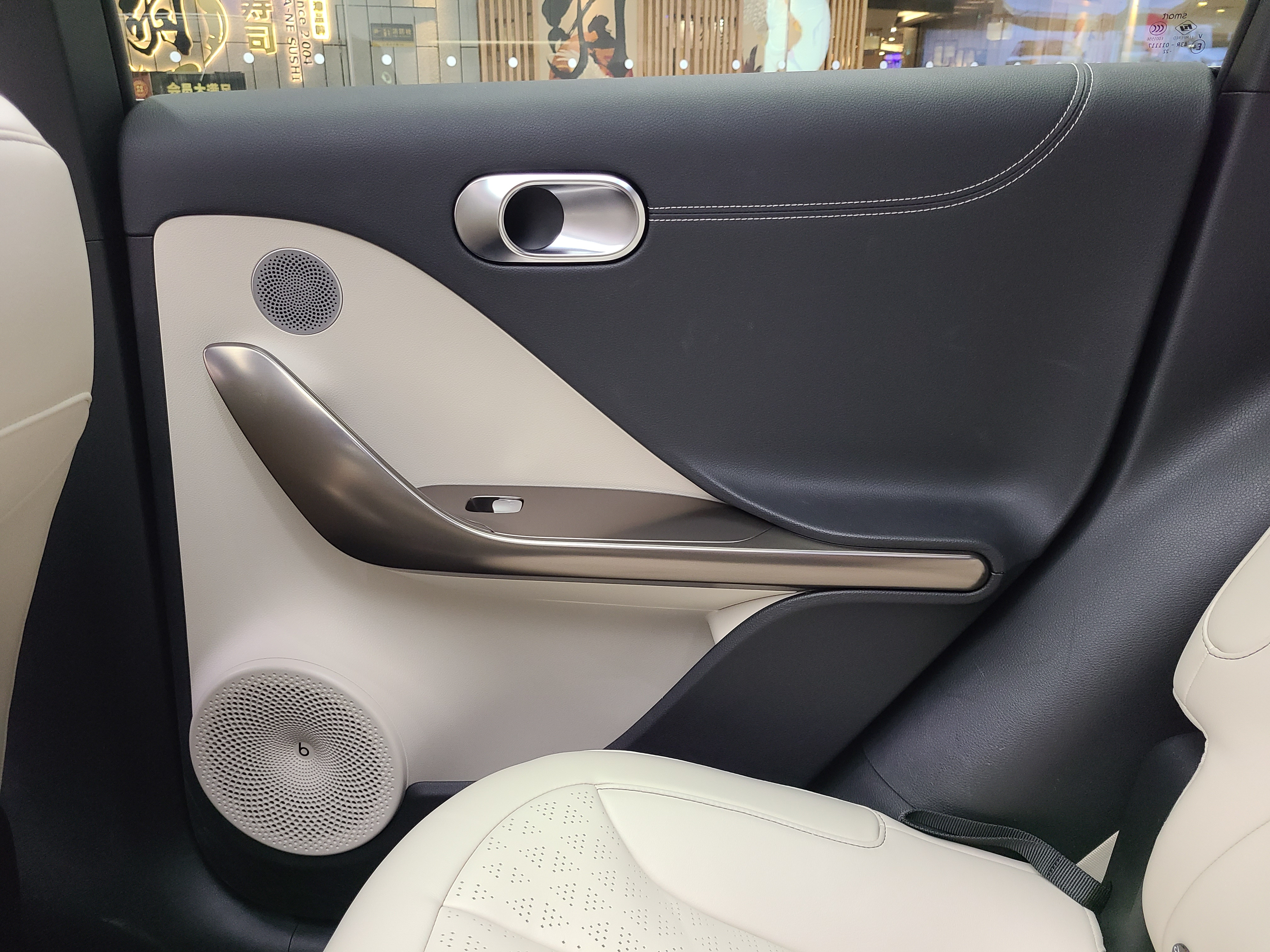
Although the areas with touch-sensitive gold color on the exhibition car are said to be made of INS film, more wear-resistant and UV-resistant in official publicity, the texture of the plastic that is felt and seen is still somewhat obvious, and it is unclear whether there is any room for improvement in the official production version.

Although the storage space in the center console area looks great when the lid is closed, the lid and the edge of the storage compartment are a bit harsh when opened, not very delicate. Although I really hope Smart can improve the design of this area, considering that this car is starting to prepare for mass production, it might not be easy to change molds, so I don’t have high expectations for this.
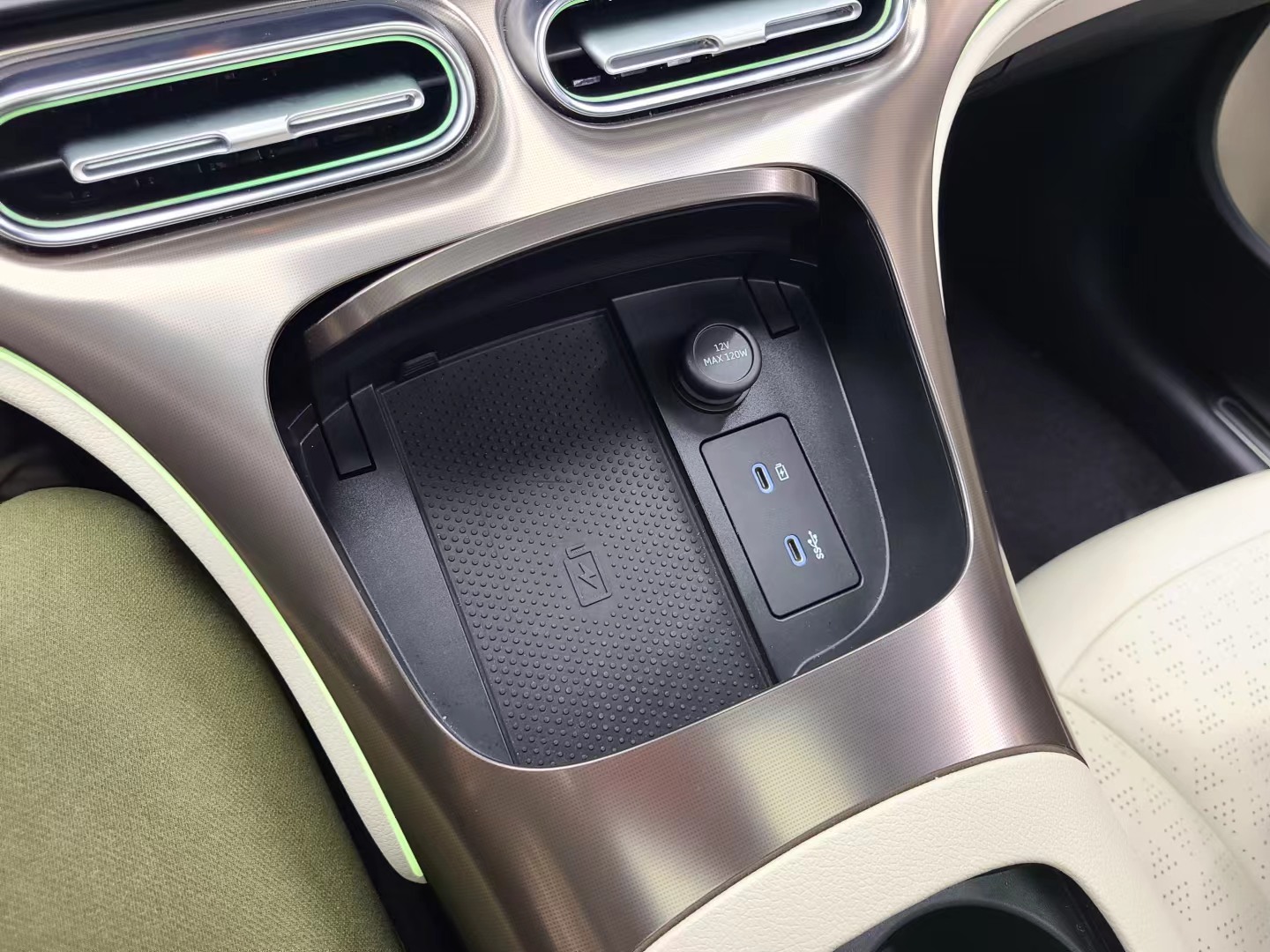 In general, besides some minor details that seem immature, I think the static experience of Smart #1 is very refreshing. Nowadays, every car promotes its intelligence, even big SUVs must mention their racing performance. Smart, on the other hand, goes down the fashion route that others have not tried before.
In general, besides some minor details that seem immature, I think the static experience of Smart #1 is very refreshing. Nowadays, every car promotes its intelligence, even big SUVs must mention their racing performance. Smart, on the other hand, goes down the fashion route that others have not tried before.

This is not a car that requires rational analysis or complex calculations to make a purchasing decision. After all, with a price range of 190,000 to 240,000 yuan, and a Brabus high-performance version limited to 280,000 yuan, this car does not have particularly long-range, spacious interior, or high brand recognition. The “Haofeng Jingling” on the car’s butt is even a deduction item… Its target users can be summarized as follows:
-
Users who do not require high basic attributes for their cars, have a high consumption capacity, and value the personality brought by design.
-
Users who know the Smart brand.
What really worths rational analysis are only the options for configuration. Except for Brabus, there are three prices – 190,000, 200,000, and 240,000 yuan. It is obvious that users who buy the 240,000 yuan top configuration version and users who buy other price ranges do not belong to the same group. The interior and exterior color options and the Beats sound system provided by the 240,000 yuan top configuration version are important plus points for Smart’s fashion image. Therefore, I personally recommend potential users to check their own budgets. If possible, buy the top configuration version because more color options can best reflect the individualized characteristics of this car.
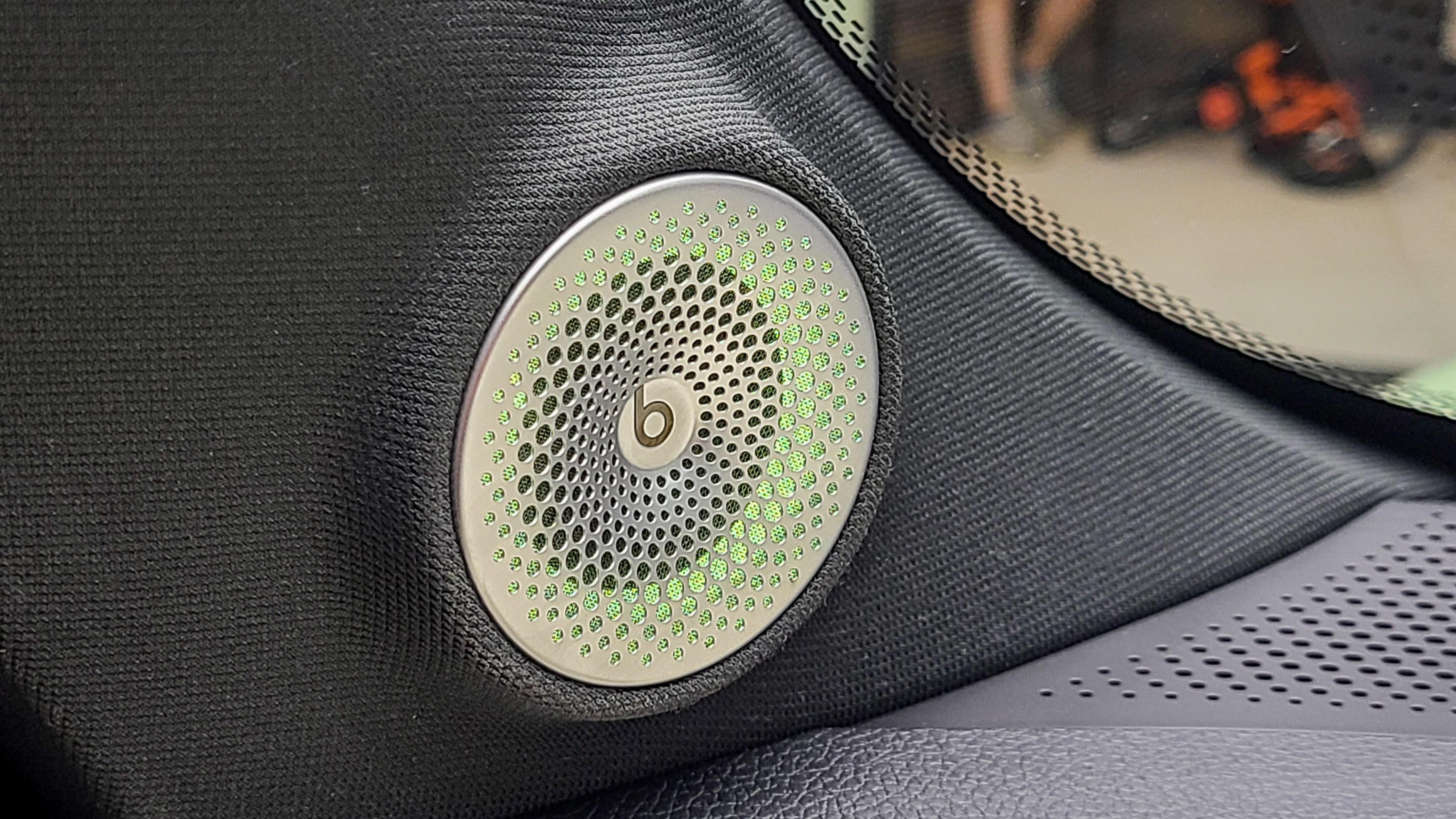
If your budget only reaches the threshold of the low configuration version, I do not advise you to force to buy Smart. You should prioritize less fashionable but more practical independent brand pure electric cars.
By the way, if you reserve Smart #1 now, you should wait until February or March next year to receive the car. Moreover, the official has not yet launched the service of national subsidy this year. That is to say, even if you reserve now, you may not be eligible for the national subsidy for new energy cars this year. I wonder if Smart will launch corresponding policies to boost sales in the second half of the year.
Written by: 轮上狂想
Introduction: A sharing space for a former technology media and a small public relations officer of technology/automobile companies, trying to observe their fields of interest from a personal perspective as much as possible. All content is personal subjective opinions, and discussions are welcome.
This article is a translation by ChatGPT of a Chinese report from 42HOW. If you have any questions about it, please email bd@42how.com.
